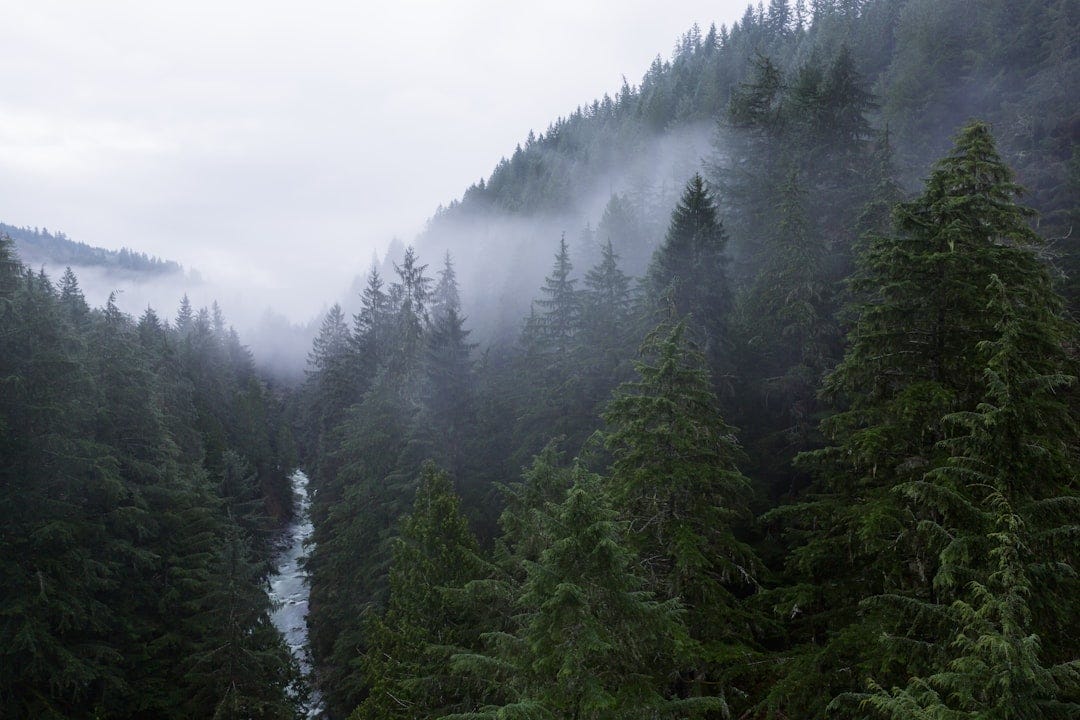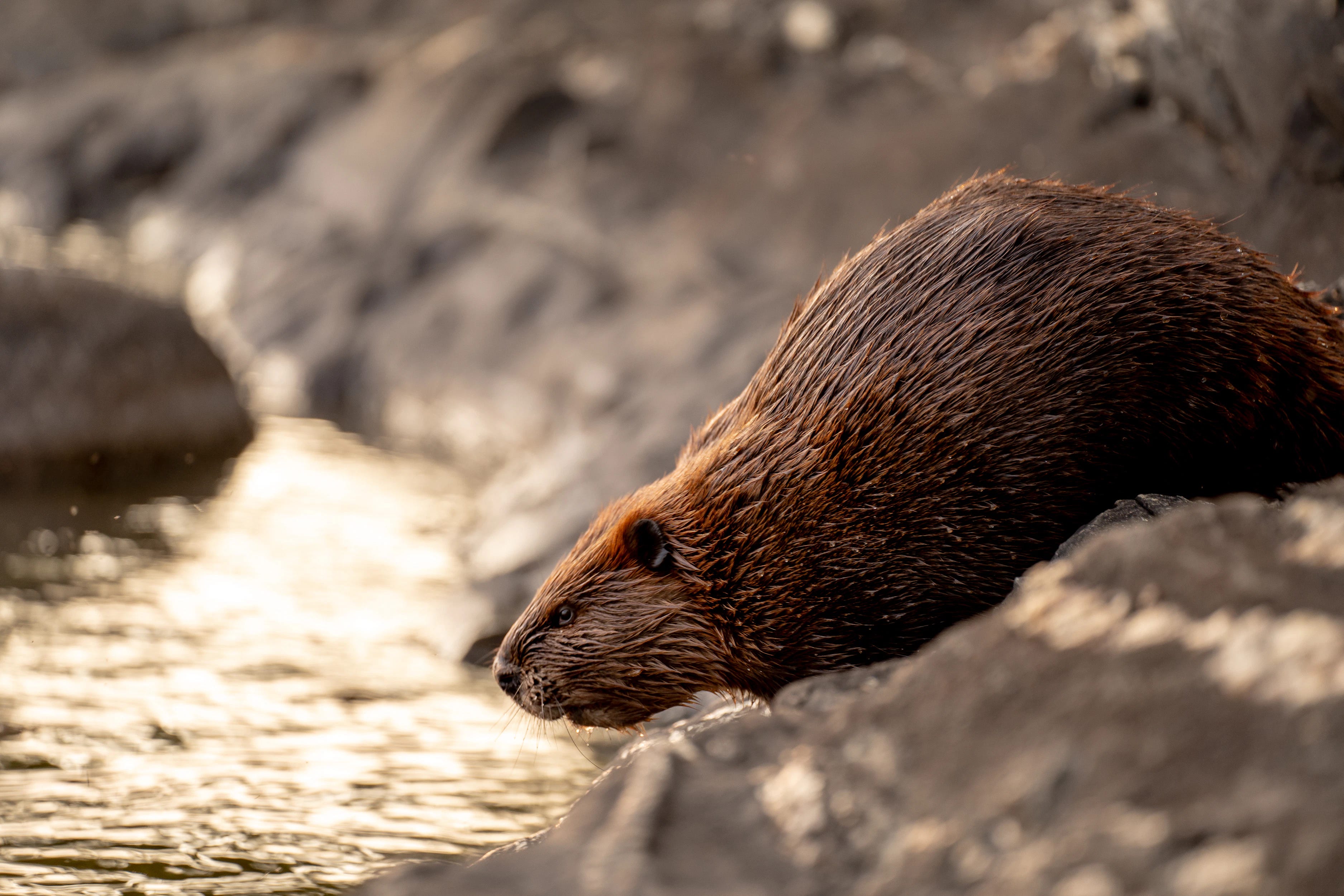Restoring Biodiversity - 4/16/2024
Getting animal impact back into forests. Pleistocene extinctions, and the various theories on what caused it. Earthworms are invaluable to the health of many natural systems. And more...

Thank you for subscribing to the Pitchstone Waters weekly newsletter.
Here is what we’ve been reading, watching and writing about over the past week…
Articles

As Tree Species Face Decline, ‘Assisted Migration’ Gains Popularity in Pacific Northwest
Cutting through their empirically-hollow environmental jargon, the invasive species plant warriors are now proposing massive transplanting of non-native trees to combat ‘climate change’. They call this ‘assisted migration’. Imagine how much they can spend on this!
Look at this another way: because Mother Nature abhors a vacuum, empty niches that open up – for whatever reason -will be spontaneously refilled, as they are in every American forest and rangeland. But the plants may not be ‘American Made’.
A better place to focus is in getting animal impact back into forests. And let’s use some of the newfound flexibility to consider non-native herbivores like domestic livestock as the tool that delivers this much needed impact. Holistic managers have been advising some form of this for 6-decades. Doing it this way, we’ll save many of the trees we are losing due to missing animals, and a ton of money.

Introduction to the Volume (*American Megafaunal Extinctions..”.) — Extinction Theories and Theorists
The Pleistocene Extinctions occurred very recently (10,000-years ago) in North America. It was the largest and most sudden extinction event since the dinosaurs, 60-million years ago. This paper summarized the various theories about what caused it.
Videos

Earthworm Invaders
As discussed below, earthworms are invaluable to the health of many natural systems.
As also discussed, virtually any earthworm found in North America belongs to a so-called “invasive species”. Not only do we live alongside thousands of invasive species: Life as we know it would be impossible without them.

Diversity of Life at a Beaver Pond
Posted to Vimeo by Susanna Kamon, who writes, “A compilation video of some of the wildlife that visited a beaver pond in New Hampshire over a six-month period. The series shows beavers, river otters, bear mother and cubs, mink, fox, coyotes, bobcat, deer, and a variety of birds. Beavers are a keystone species, because they alter their natural environment in such a way that the overall ecosystem builds upon that change.”
—
And that’s it - as always thank you..
if you haven’t already - please check out our views on biodiversity at https://pitchstonewaters.com/blog/
Please pass along, and if you if you received this from a friend - consider subscribing below.
